What is Osaka Prefectural Joto Technology High School?
Located in Higashiosaka City in the eastern part of Osaka Prefecture, in an area that is home to a cluster of small and medium-sized businesses, Joto Technology High School provides monozukuri (manufacturing) education closely tied to the local area. Founded as Osaka Prefectural Daiyon Shokko Gakko (Vocational and Industrial School) in 1928, the school was reorganized as Osaka Prefectural Joto Shokko Gakko in April 1929. Certified as a “school focusing on collaboration with local industries,” it is committed to contributing to the local community. With a history of more than 90 years, the school’s more than 28,000 graduates play leading roles both in industry and in various other fields.
Joto Technology High School offers three courses with six majors: mechanical engineering (mechanical technology, mechanical design), mechatronics (robotics, control systems) and electrical engineering (electrical engineering, electronics, information and communication). Students choose the specialized field that they want to study from second grade and develop expertise in their chosen field.
Technical high school exchange with Egypt?
Specifically, Joto and El Araby teachers worked together, studying practical content, assessment methods and other aspects of engineering education. Based on past initiatives, we concluded that this would be an excellent opportunity for the students to interact with each other, and the exchange program was held this year for the third time. Student exchanges are a wonderful opportunity for students to experience different cultures and technologies and to learn from each other.
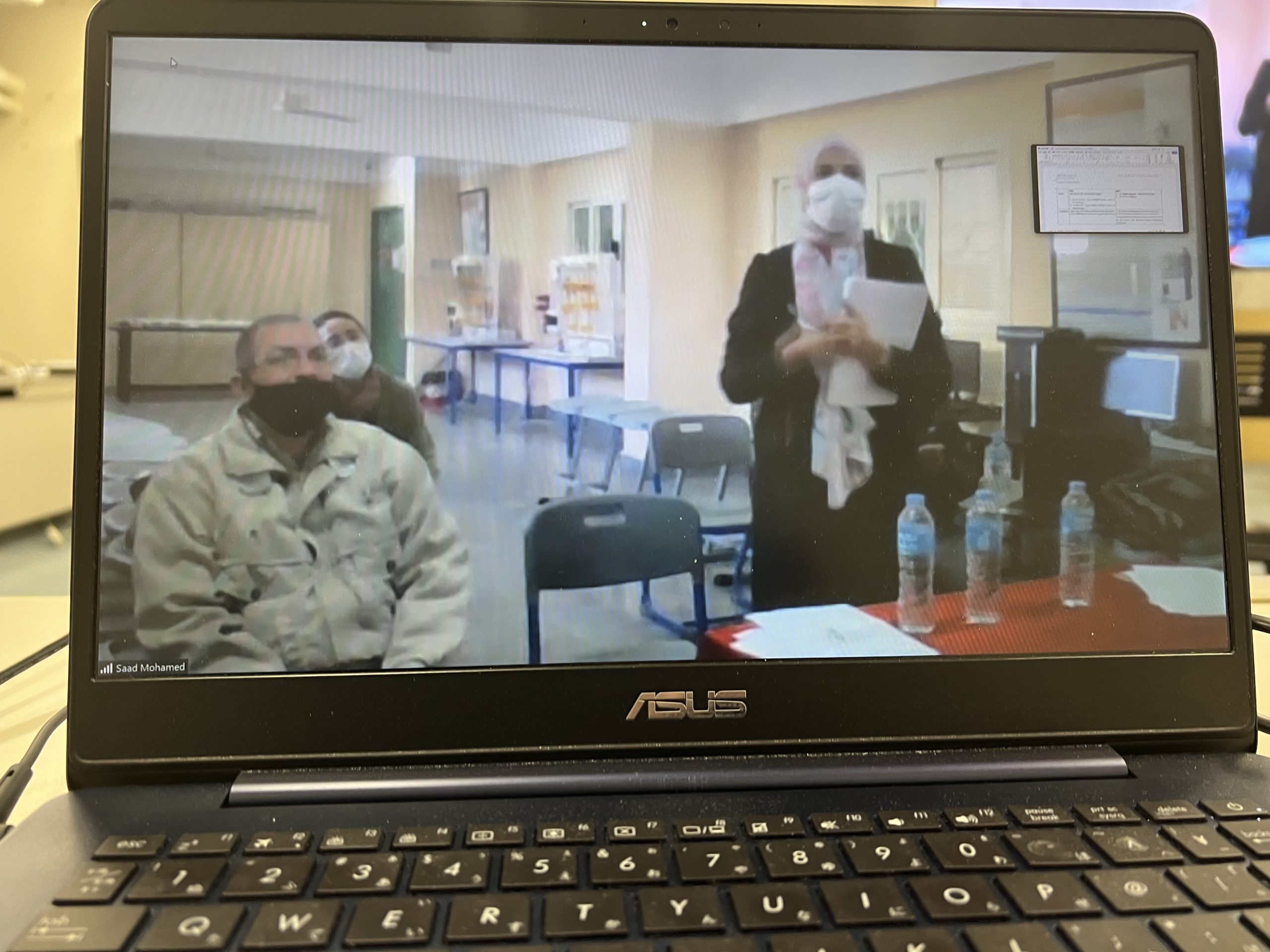
What kind of country is Egypt?
”We will hold an online exchange meeting with a high school in Egypt in November. Do you know what kind of country Egypt is?”
The students’ answer was “pyramids.” It is quite understandable that most people associate Egypt with the pyramids. However, while interacting with Egyptian students, Joto students still do not know much about what language they use to communicate, what kind of food they eat or how they spend their money. Being exposed to new cultures and customs is exciting because there are so many things you don’t know.
So, we decided to start studying for the exchange program with Egypt. Fortunately, the school has long been involved in exchanges with various countries and it has an organization called the International Exchange Committee. The teacher in charge of the committee introduced a teacher from Egypt, so now the students can learn more about Egyptian culture and customs and have meaningful interactions.
The Egyptian teacher came to the school twice and taught the students about Egyptian culture and the Egyptian economy as well as giving them a lesson in basic Arabic. Through this experience, the students were able to gain a deeper understanding of the Egyptian language and culture.
-
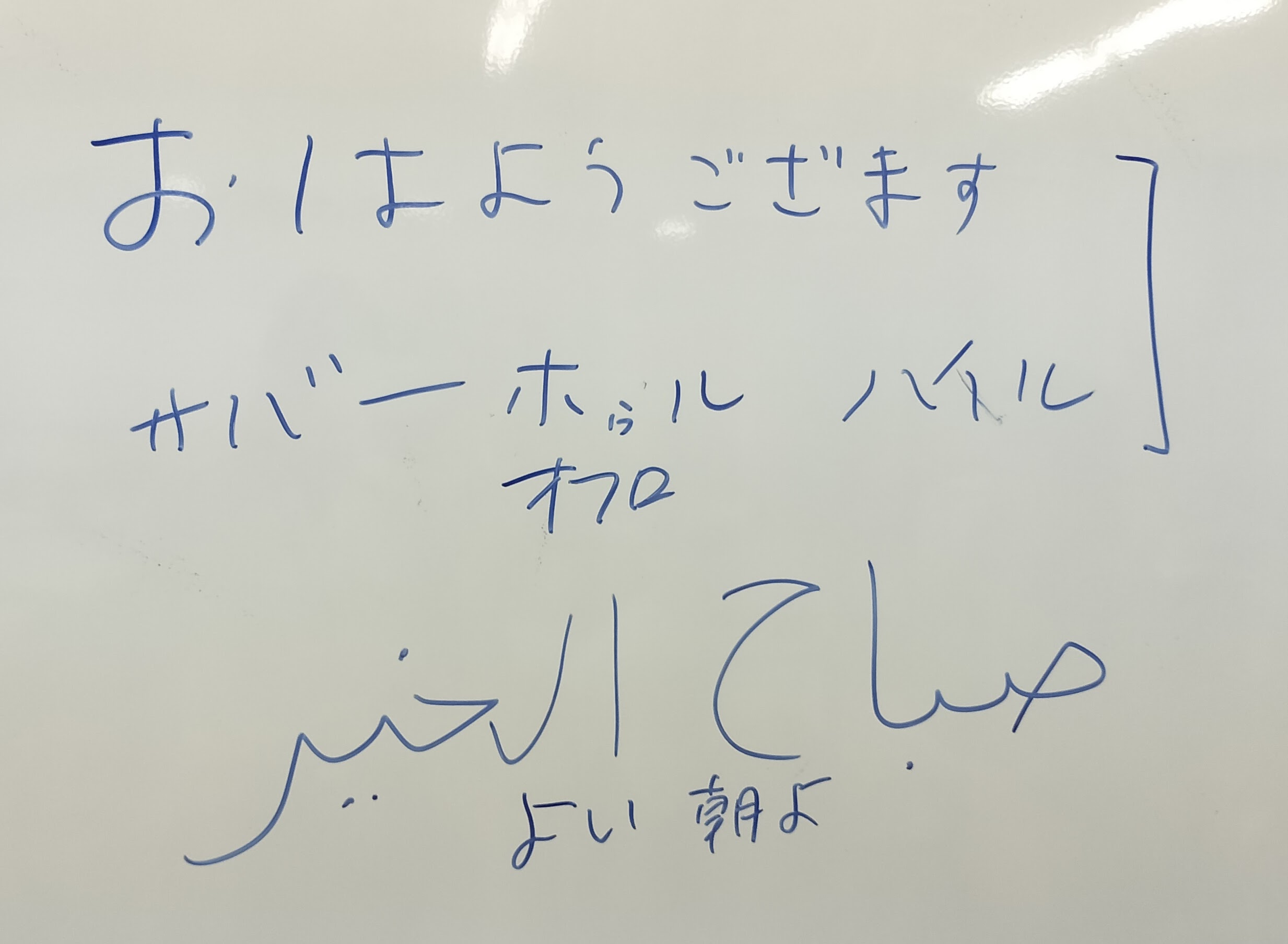 Learning Arabic
Learning Arabic -
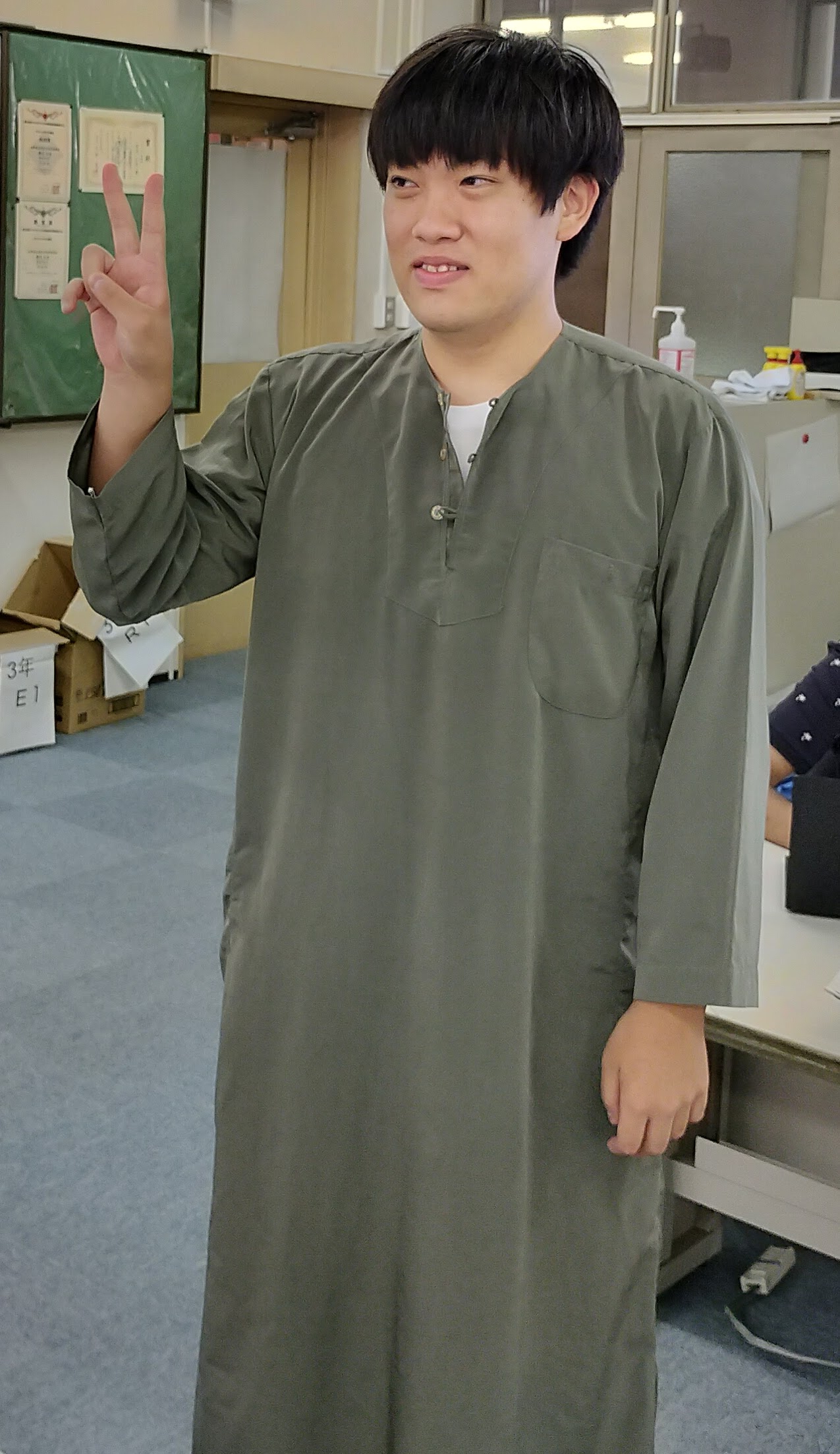 Egyptian clothing
Egyptian clothing -
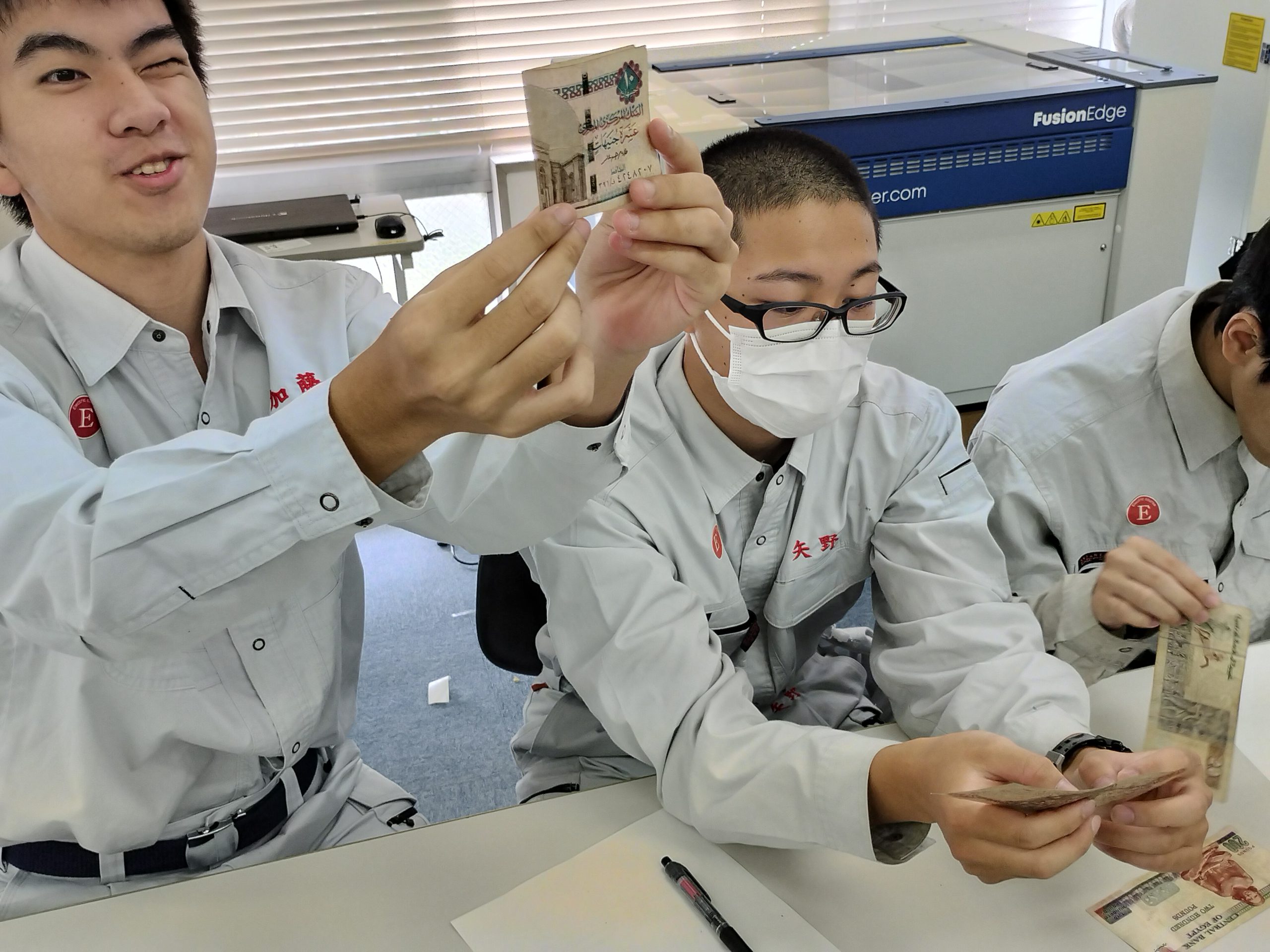 Egyptian money
Egyptian money -
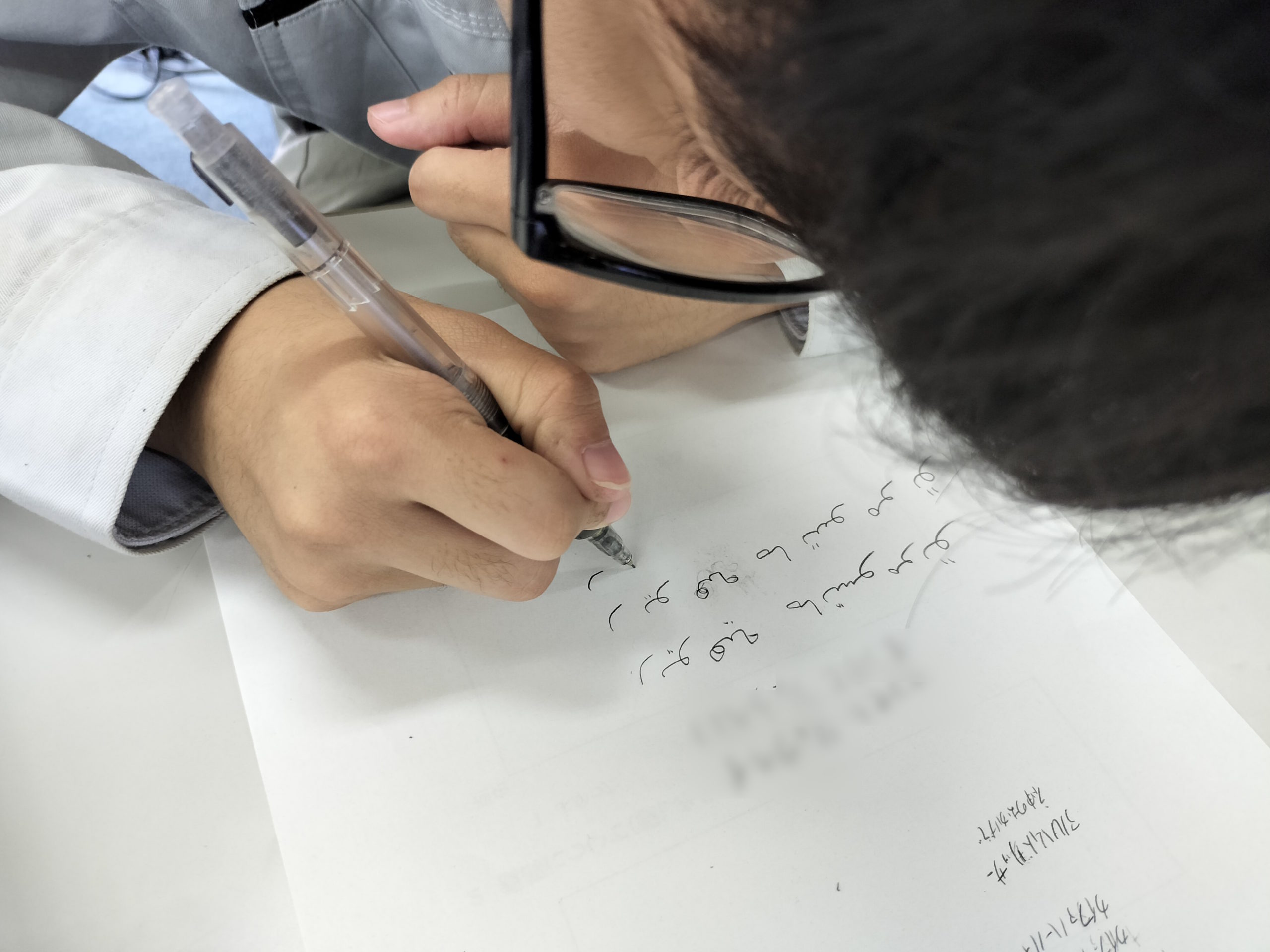 Learning Arabic
Learning Arabic
Time for the exchange meeting
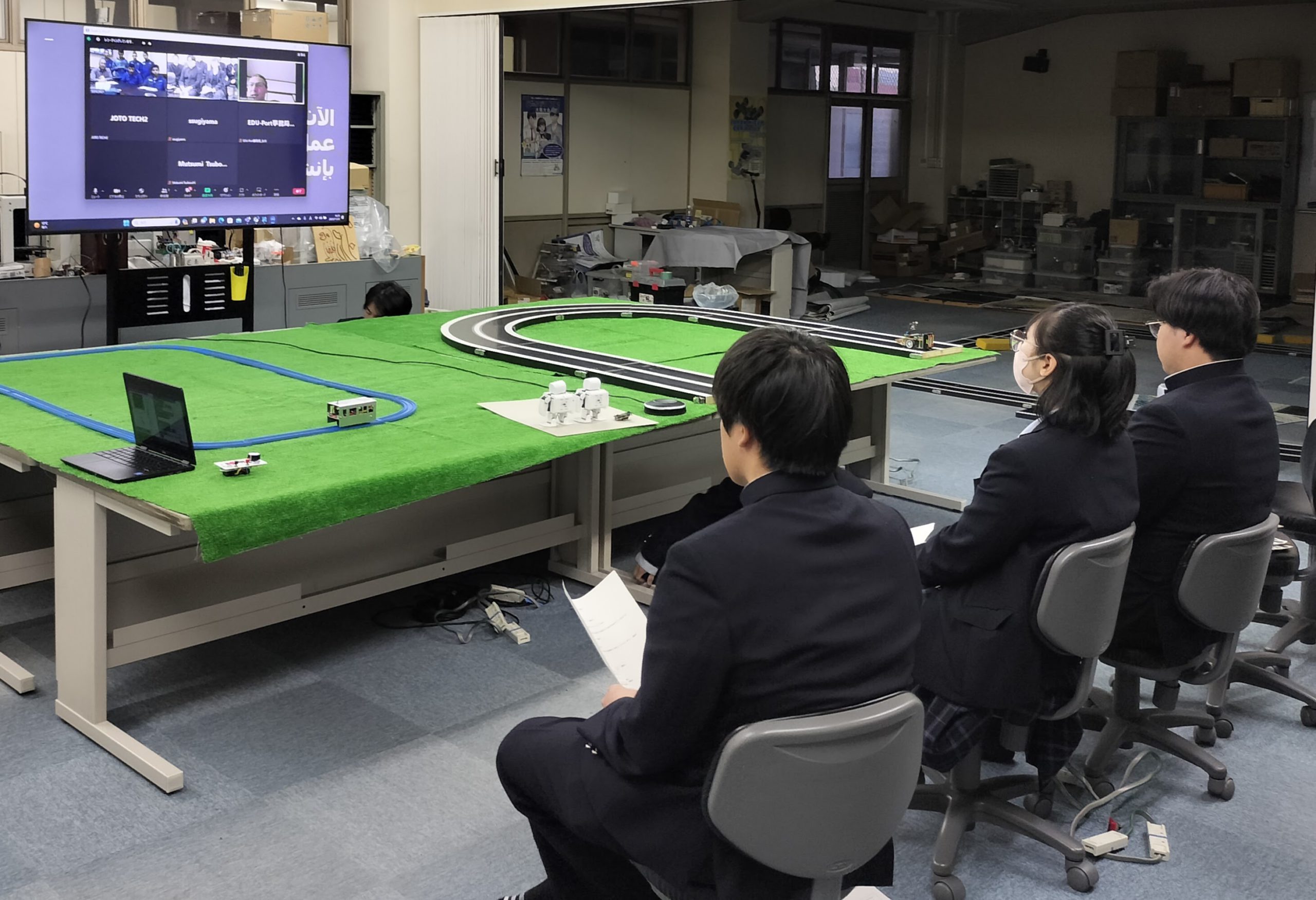
The meeting started with a presentation on “Joto Tech High Electric Railway” which was created by first-grade Joto students. All the students in the first grade worked together to create the Joto Tech High Electric Railway which they showed actually moving on the rails.
Next, the students introduced a line tracing robot, demonstrating their engineering skills through the robot’s movements. They used slides to make their detailed explanation easier to understand.
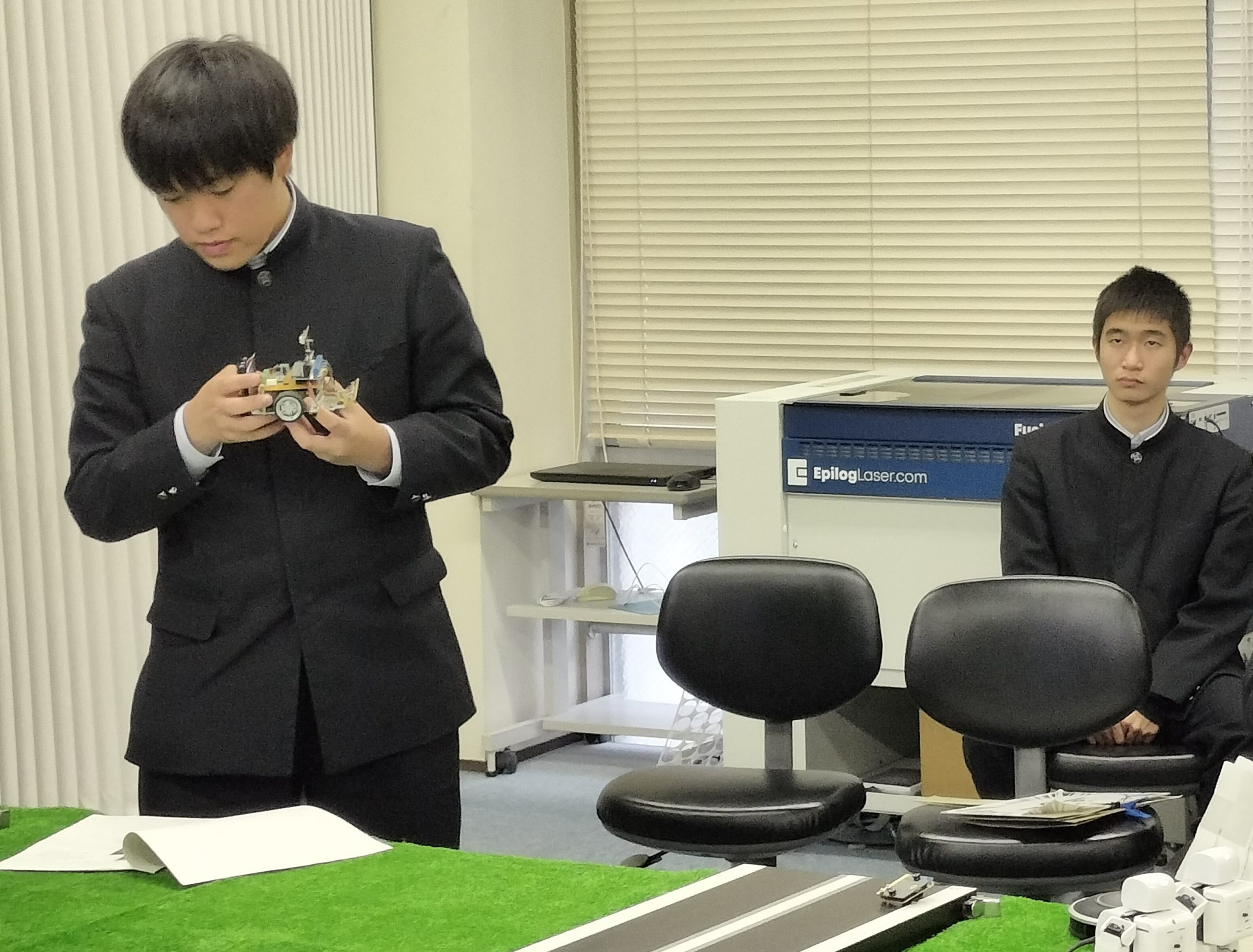
The original plan was for El Araby students to present their works next, but they were very interested in Joto students’ creations and asked many questions. Joto students answered the questions carefully and El Araby students were able to get a good understanding.
As the event went over the scheduled one hour, it was brought to a close by the moderator.
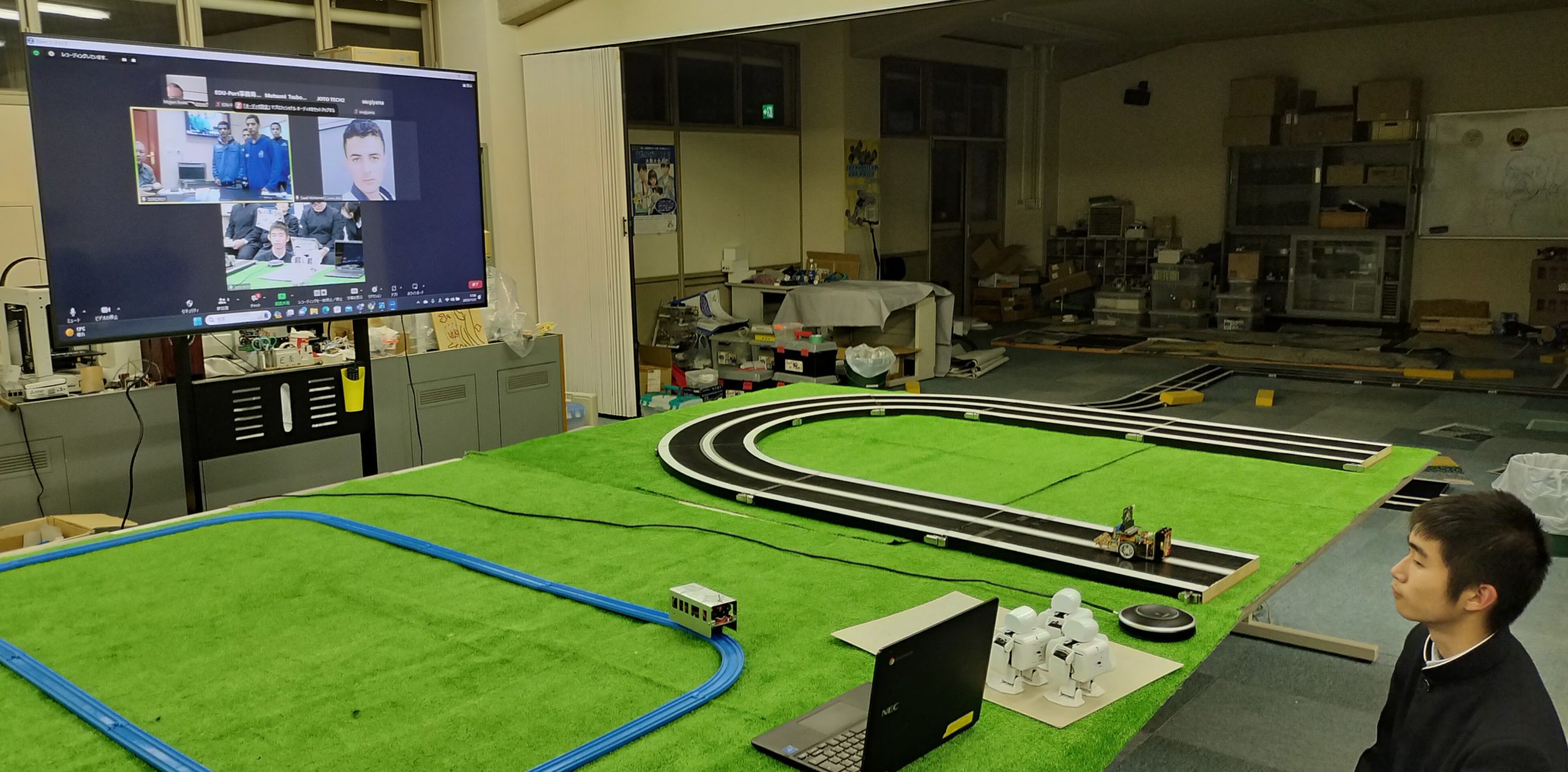
Summary
There is a 7-hour time difference between Japan and Egypt. This exchange meeting reconfirmed how much common understanding there is among people who are learning the same technologies and skills, even in countries with different languages and cultures.
Going forward, we are planning an exchange between the teachers in the two schools, and we are also currently planning to make a video of lessons in Japan and send it to Egypt so the teachers there can do a lesson study while watching the video.







